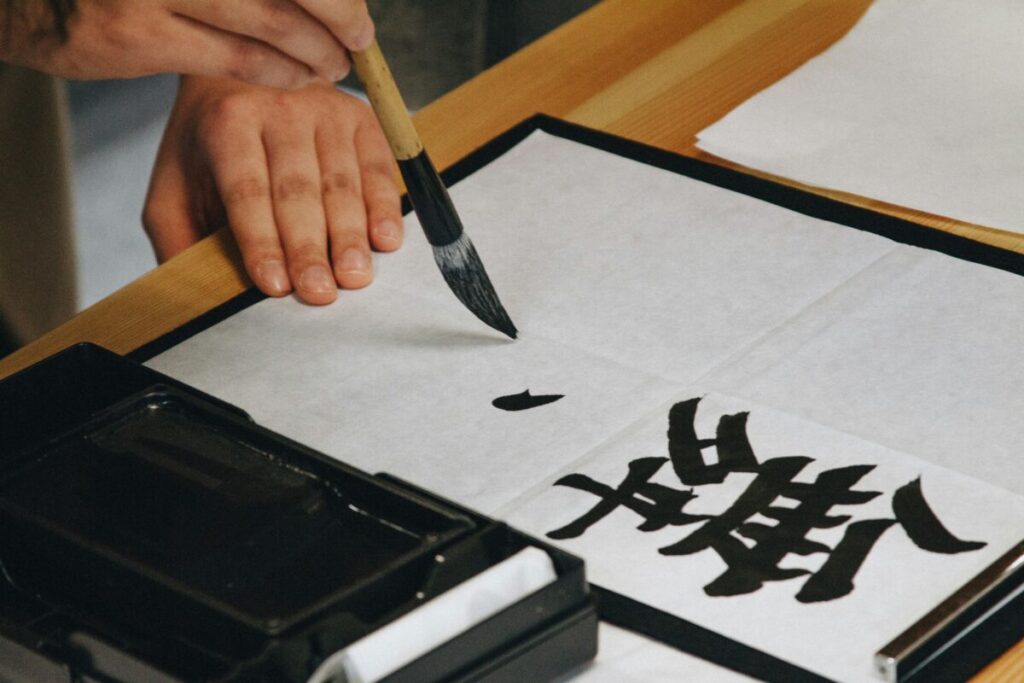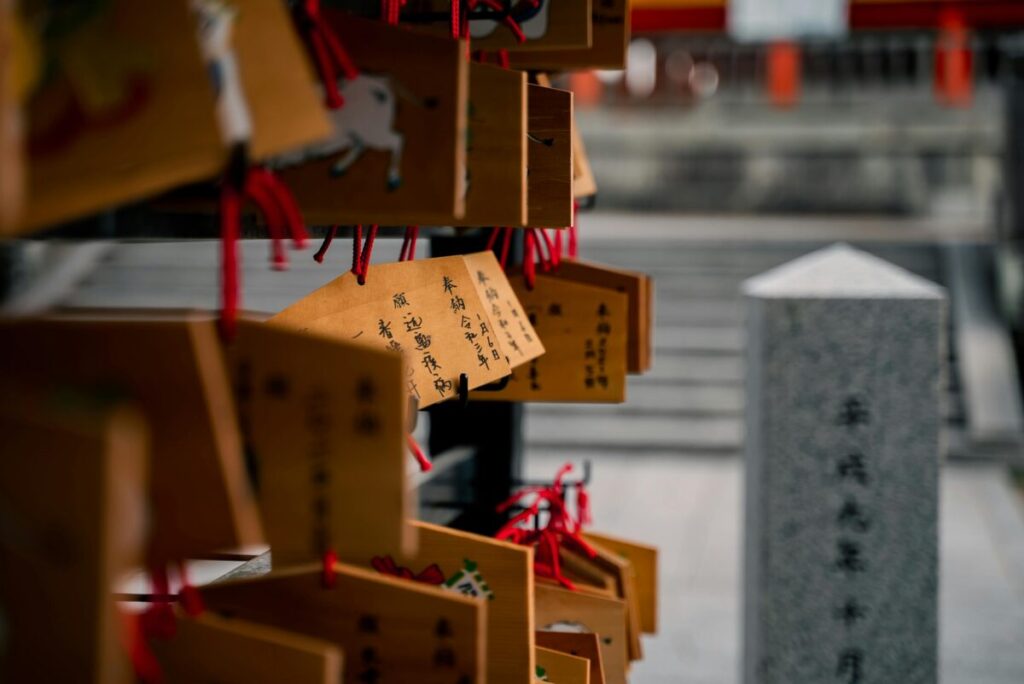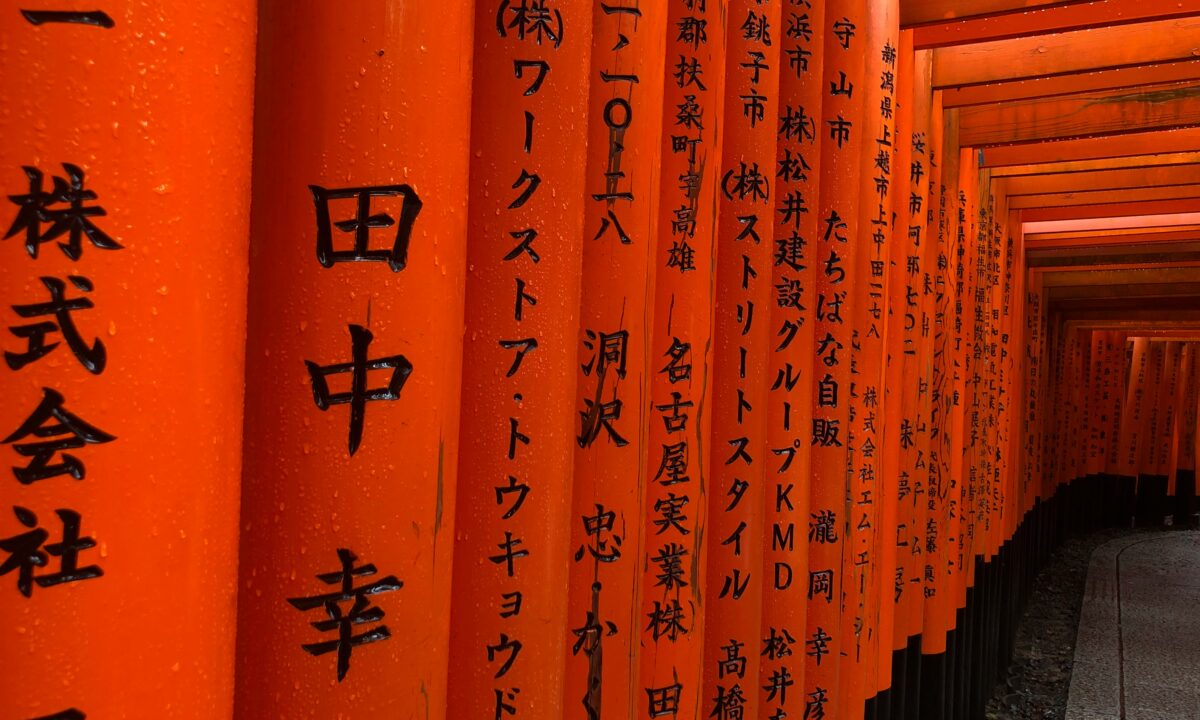When I began studying Japanese, I quickly realized that learning without formal classes wasn’t easy! My school didn’t offer any, and tutors nearby were rare, so I had to teach myself. Textbooks were often expensive, and most language apps required paid subscriptions. At the time, Duolingo hadn’t even released its Japanese course!
Still, I was determined to teach myself. From grammar guides to writing systems, I searched online for anything I could find. From my experience, anyone can make steady progress with persistence and the right resources. Two websites stood out to me as especially helpful, and I’d love to share them with you.
How Tofugu Can Help You Learn Japanese?
The first resource is Tofugu. It describes itself as “the Japanese teacher you wish you had” and lives up to that. It’s packed with in-depth articles on grammar and study strategies. What I love most is how it explains the subtle nuances of different words and how to use them. It was my go-to whenever I needed more than just a dictionary definition.
They’re also the team behind WaniKani, a powerful kanji and vocabulary learning app that uses mnemonics and spaced repetition (SRS) to help you retain information.
Advice for Using Tofugu to Study Japanese:
- Start with the Learn Japanese Guide and follow the structured path: kana → kanji → vocabulary → grammar.
- Apply their SRS-backed learning tips and review regularly with WaniKani
- Dive into their grammar articles when you encounter tricky structures! They break down not just how something works, but why.
- Check out their culture and travel articles to gain real-world context and keep your motivation high.
- When you’re ready for more experience, talk with other learners or native speakers online! Or if you can, try going to Japan!

Even if you’re not studying the language, Tofugu also has plenty of engaging articles on Japanese culture and travel tips that are worth exploring!
Tadoku: An Easy Way to Practice Japanese Reading
The next resource is a little different! Not many Japanese learners start by reading, but it puts less pressure on the learner than conversation while still exposing you to Japanese culture. Just to be transparent, one of my college professors introduced me to it, and the best part is that it’s completely free!
It’s called Tadoku, or 多読 in Japanese. This means “extensive reading,” and it lives up to the name. The site is full of free downloadable PDFs of Japanese stories, sorted by genre and difficulty level. Many of the texts are under 30 pages, making them quick and easy to finish. Some books even include audio versions, so you can practice listening with your reading.

I followed their instructions for a relaxed, enjoyable approach:
- Start from the very basics! Choose books that are easy to understand.
- Don’t use a dictionary while reading.
- Skim or skip parts that are difficult to understand. It’s completely fine to not understand everything perfectly!
- If a book feels too difficult or isn’t fun, switch to another.
Even without textbooks or classes, you can teach yourself Japanese! Resources like Tadoku and Tofugu prove there are high-quality, free options out there for learners at every level.
Lessons and Other Learners
If you want to combine self-study with structured classes, check out Go! Go! Nihon’s Online Japanese Courses. If you use the code Mobal at checkout, you get 5% off any class! It’s perfect whether you’re a complete beginner or aiming to pass the JLPT!
Don’t just take it from me, hear what the students are saying! At Shin-Ōkubo’s Study Abroad Pub (SAP), there was an event for Go! Go! Nihon students to meet others and be introduced to Japan.
They gave an honest and grounded look at two of the most common questions:
How Long does it Take to Learn Japanese?
It really depends on your study habits, motivation, and immersion level, but here are some general ranges.
- 6 months to 1 year to hold basic conversations (ordering food, talking about hobbies, asking for directions), especially if you’re studying full-time at a Japanese language school.
- 1.5 to 2 years for intermediate fluency, where you can follow casual conversations, understand TV, and manage life in Japan more independently.
- 2–3+ years for understanding advanced grammar, keigo (honorifics) and enough kanji (~2000) to read newspapers, business emails, or novels.
But many say the biggest progress happens when they actively use Japanese outside of class – like at SAP’s language exchanges, part-time jobs, or by talking with Japanese roommates.
One French student said, “You can speed things up a lot if you’re brave enough to make mistakes daily,” after nailing a song entirely in Japanese.
For more individualized support, AOJ Language School also offers private online lessons! Use the code Usagi2324 for a ¥4,000 discount.

How Hard is it to Learn Japanese?
If you’re learning from English, it’s more difficult than learning a romance language like French or Spanish, but many people can do it. Here’s how students often break it down:
What’s easier:
- Pronunciation – Unlike English, Japanese words are usually pronounced exactly how they are written.
- Grammar Rules – They’re quite regular once you get used to the word order.
- Vocabulary – There’s many loanwords from English, especially in casual conversation.
What’s hard:
- Kanji – mastering 2000+ characters is a marathon, not a sprint.
- Politeness Levels – (teineigo, sonkeigo, kenjougo) can be confusing and hard to tell when to use.
- Native Speech – Listening to fast, native-level speech can take a while to get used to. Especially when people drop particles or speak in dialects.

Many learners at SAP agreed that the mental block is the hardest part. As in, feeling afraid to make mistakes or that you’re not progressing fast enough. But once they start using Japanese socially, the fear fades and the fun kicks in!
“It’s like climbing Mt. Fuji. Hard, but the view — the confidence and cultural connection- is worth it,” said a Brazilian student who’d been in Japan for a year.
If you’re interested in a more immersive learning experience, Akita Inaka School offers family and private courses in a rural setting. If you mention Mobal during the application process, you’ll get a discount.
Final Thoughts
If you’re wondering how to learn Japanese, the truth is that it takes a lot of time, effort, and patience. But Tofugu, Tadoku, and other flexible study options are great resources! If you’re planning a trip to Japan soon and want to learn some essential Japanese phrases to remember for your journey, you can explore them in our Essential Japanese Phrases blog post.
Whether you’re studying from abroad or living in Japan, the tools to support your studies are more accessible than ever. Since coming to Tokyo, I use Japanese every day and still come across new words all the time! Thankfully, with my data provider Mobal, I can look things up wherever I am.
It might not always be easy, but don’t forget that you’re on a journey to reach an endpoint. If you stick with it, remember to enjoy the ride and all the friends you’ll make as you keep getting closer to your goal!


